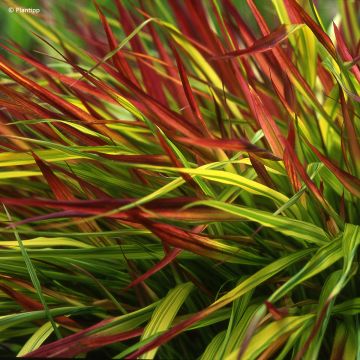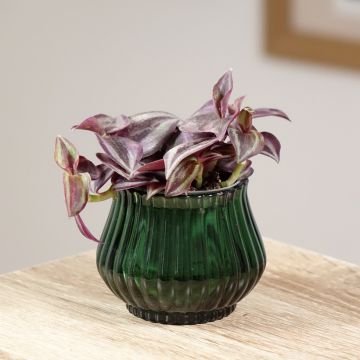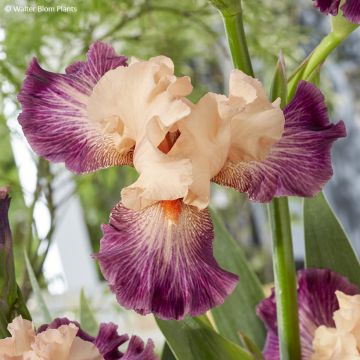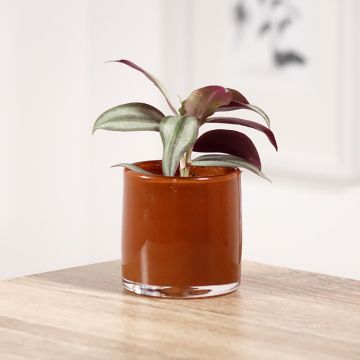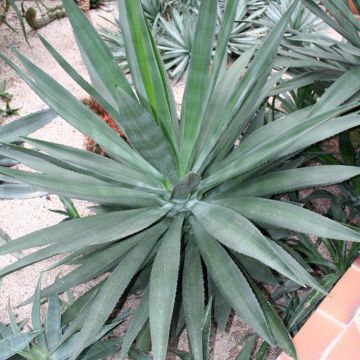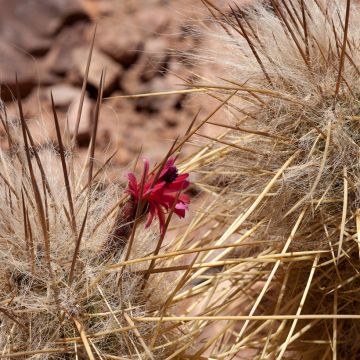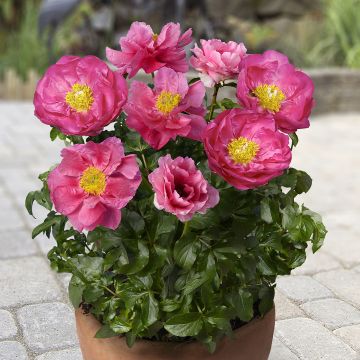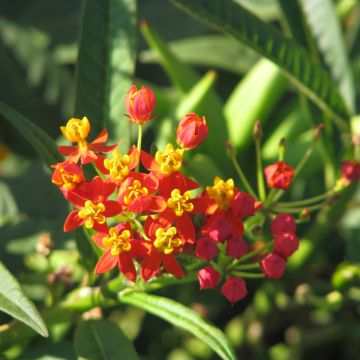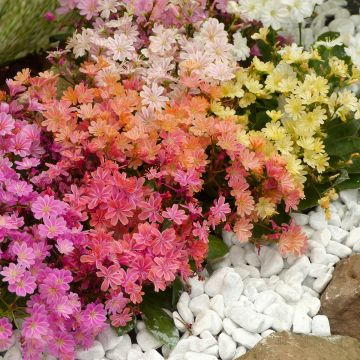
Planting Perennials and Bushes
Our tips on where, when, and how to plant them
Contents
The perennials and bushes have the advantage of being long-lasting plants that enhance the garden, providing structure and colour year after year. However, to ensure their successful establishment and growth, it is essential to choose their location wisely, according to their specific needs, and of course, to take care in planting by properly preparing the soil. We provide you with all our tips for successfully planting your perennials and bushes, allowing your plants to thrive in your garden!
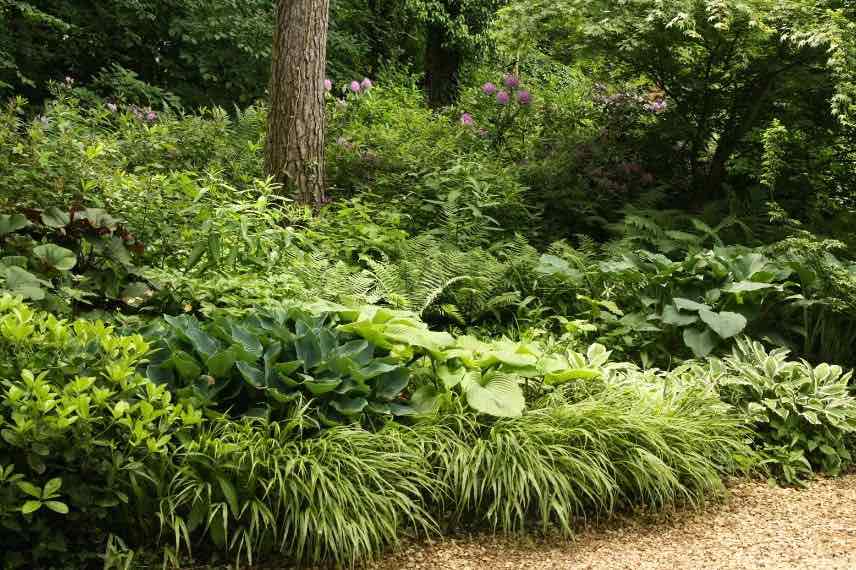
Where to plant perennials and bushes?
The choice of location is one of the most important steps for planting your perennials and bushes. You need to consider, for each plant, its requirements in terms of exposure, soil, and protection from the wind. For example, full sun plants, such as asters or lavenders, require at least six hours of direct sunlight per day. Conversely, some plants, like hydrangeas or hostas, should be planted in a shaded or partially shaded area to prevent their leaves from burning under intense sunlight.
Before planting, take the time to observe your garden, its sun exposure at different times of the day, as well as the sheltered areas from the wind. The most delicate plants can suffer in spots that are too exposed to drafts.
Resist the temptation to place a shade bush on a south-facing terrace or a Mediterranean perennial in the north… The quality of recovery, growth, and future flowering depends on it!
Also consider the mature size of the plants you are installing. It is common to underestimate the space they will need at ripeness. To prevent them from becoming too bulky or overshadowing their neighbours, research their future development. Generally, place the larger bushes at the back of the beds, the medium-sized ones in the centre, and the smaller plants or groundcovers at the front. This helps to visually structure the space while facilitating access to the plants at the back.
The colour of the plants is also an important element to consider. You can create visual impact by grouping plants of similar colours or by creating contrasts with bright colours. For example, you can combine yellow and orange perennials for a warm, sunny effect, or mix blue and purple flowering plants for a cooler, more peaceful atmosphere.
Additionally, you can play with textures by combining foliage of different shapes and sizes to add depth and interest to your garden. By keeping these key elements in mind when planning your garden, you can create a beautiful and harmonious space for your bushes and perennials.
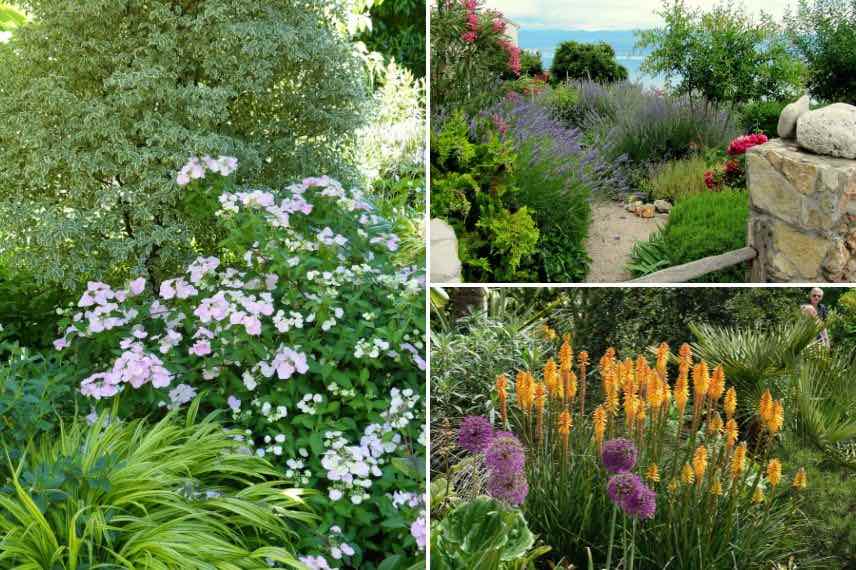
Location is one of the first elements to consider when planting perennials and bushes
In what type of soil should they be planted?
When planting, consider the nature of your soil as well as the specific needs of your plant.
- For a tolerant plant regarding soil type, use the soil from your garden, to which you can add half of a potting mix to pamper your new addition.
- Ericaceous plants require acidic soil. If the soil in your garden is not acidic, plan for a very large planting hole that you will fill with heather soil. Each year, you will need to “top-dress” (replace a few centimetres of soil with heather soil).
- Humus-bearing plants (light, well-draining soil rich in humus, like woodland soil) are sensitive to drought, especially during summer heat. At planting, create a watering basin around the plant. If your garden soil is heavy (clay) or very well-drained (sandy), add a leaf compost, turf, or well-decomposed compost.
- Conversely, dry-land plants are sensitive to stagnant moisture, especially in winter, and require the addition of gravel or pumice if your garden soil is heavy. You can also plant them on a slightly raised mound to promote water drainage.
- To ensure healthy growth, the soil must be rich in nutrients. If your soil is poor, you can add compost or organic fertiliser to improve its quality.
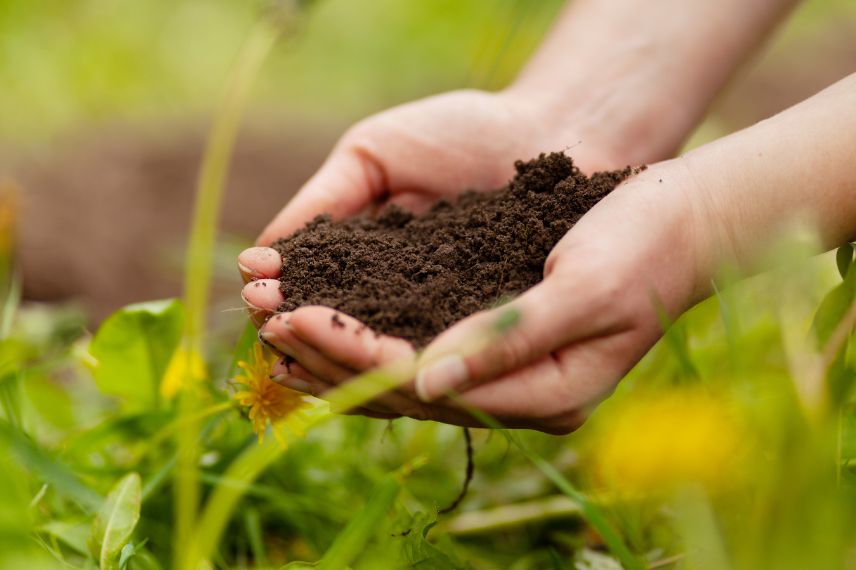
Discover other Perennials
View all →Available in 0 sizes
Available in 1 sizes
Available in 1 sizes
Available in 1 sizes
Available in 1 sizes
Available in 1 sizes
Available in 1 sizes
Available in 2 sizes
Available in 1 sizes
Available in 1 sizes
When to plant perennials and bushes?
How to plant perennials and bushes?
The planting of a bush or a perennial may vary slightly depending on the plants you choose, but here are the general steps to follow for successful planting:
- Prepare the soil: Dig a hole about twice the width and depth of the root ball. Loosen the bottom of the planting hole well: your plants will settle much better in a loosened substrate. Amend the soil with compost or an organic amendment to improve soil quality.
- Soak your potted plants in a basin of water. For small pots (9 cm), 15 minutes is sufficient; for larger pots, allow at least an hour. This allows the roots to hydrate well and facilitates their establishment.
- If you are planting multiple plants in a bed, leave the distance between each plant corresponding to their spread at maturity. A lack of space can lead to competition between the plants for resources and hinder their development.
- Gently remove the plant from its pot by tapping the sides to release the root ball. If the roots are wrapped or too dense, gently loosen them with your fingers to encourage them to spread into the soil.
- Place the root ball in the centre of the hole, ensuring that the top of the root ball is level with the soil, neither too buried nor too exposed.
- Backfill with the removed soil, then lightly firm it with your hands to eliminate air pockets, without compacting the soil too much to avoid hindering the roots.
- Once the plant is settled, water generously to help the soil settle around the roots and ensure good contact with the soil.
- Add a layer of organic mulch (straw, wood chips, fallen leaves) around the plant. This helps retain moisture, reduces weed growth, and protects the roots from cold in winter and heat in summer.
- During the first few weeks, water regularly to keep the soil slightly moist, even for drought-tolerant plants. Once well established, adjust watering according to the specific needs of each plant.
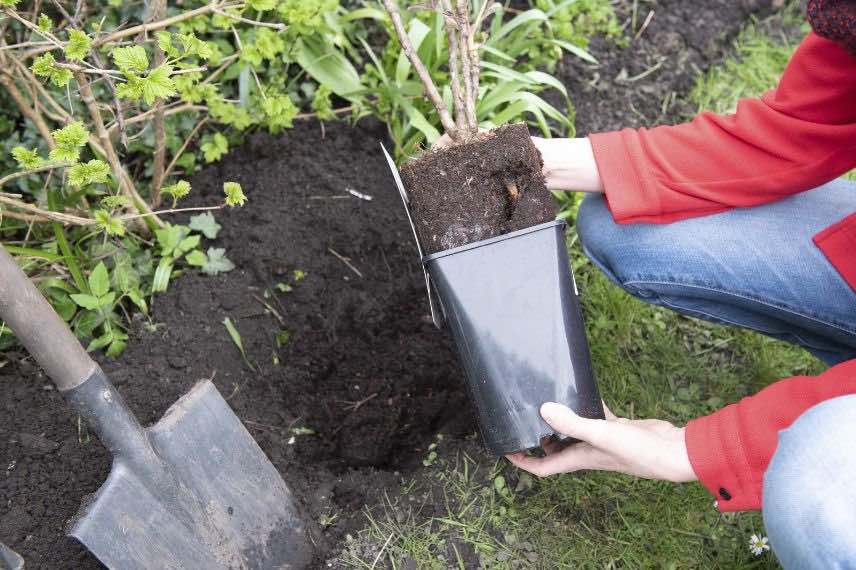
- Subscribe!
- Contents
































